Election fever has gripped the world’s largest democracy, ending the first inning of Prime Minister Narendra Modi. Even as Modi has pitched to get re-elected, observers opine that the battle is likely to be tough for him because he will be battling the main opposition Congress and a horde of regional parties.
Despite Modi’s resilient nationalism, he seems not very confident this time as in 2014. And, the general impression is that India’s votes are not easy to predict. Or perhaps, it could be a mug’s game. This means that Modi’s party faces immense pressure this time. The BJP is still India’s favorite but questions remain.
Consider this: The unexpected defeats faced by the BJP in the key state-level elections and the opposition Congress getting majorities in several states have given been a setback for Modi.
However, India retaliatory attack on Pakistan has helped Modi bolster his strongman and nationalistic image though opposition parties, especially the Congress, has alleged the Bharatiya Janata Party-led government of failing to deliver as promised. Opposition parties of every hue say inflation has risen steeply, corruption has been unbridled, joblessness has risen, poverty level has gone up, and some state banks drowning in bad loans, among others.
Consider this: The unexpected defeats faced by the BJP in the key state-level elections and the opposition Congress getting majorities in several states have given been a setback for Modi.
Other factors that could possibly spell trouble for him is the declining confidence in the country’s economy, and the ‘aggressive approach’ of the Congress teaming up with other opposition parties to take on Modi’s party – the BJP, although alliances in India are considered ‘messy’. The AAP-Congress alliance in New Delhi can be a snag for BJP in New Delhi.
Even as polls suggest that Gandhi with his voluble speech has been successful to narrow the gap, Modi still remains popular though he failed to deliver on his promises to create over 10 million jobs annually – a Herculean task, among others.
This, however, is not the dipstick since polls have suggested that BJP’s coalition, albeit with a shrunken majority, is likely to retain power. Modi, 68, who is still considered as a diligent and dedicated leader in wide swathes of India, came to power in 2014 with an absolute majority after crushing the 48-year-old Rahul Gandhi, whom a significant number of Indians call him a young, visionary and energetic leader – the Gandhi scion.
Rahul is the son of former Prime Minister Rajiv Gandhi, grandson of former PM Indira Gandhi and the great-grandson of Jawaharlal Nehru, India’s first Prime Minister while Modi comes from a common family.
Even as polls suggest that Gandhi with his voluble speech has been successful to narrow the gap, Modi still remains popular though he failed to deliver on his promises to create over 10 million jobs annually – a Herculean task, among others.
Three states in India– Uttar Pradesh, Maharashtra and Bihar — are considered crucial this time.
Despite this, Modi’s party still controls 17 out of 29 states, including Maharashtra and Uttar Pradesh. However, the Congress and other opposition parties have alleged him of turning a blind eye on instances of attacks on religious minorities.
One aspect that Indian voters could consider is the BJP government’s — what has been dubbed as “tactful and befitting” — response to the terrorist attack in Kashmir on February 14 for which Modi received a boost for his rigid stance on Pakistan.
Around 900 million voters, above 18, will be queuing up at more than a million polling stations beginning April 11 to May 19 to elect 543 representatives to the Lok Sabha, the country’s lower house of the parliament. Around 2,300 parties will be in the fray across India’s 543 constituencies in 29 states and 7 union territories in the elections to be held in seven stages.
Whatever the analysis might be, all eyes are on May 23 when the votes would be counted.
Some facts:
In India, (from 1951), no party has won 50 percent vote share in the elections.
Till 1984, Congress has more than 40 percent vote share.
In 1984, Congress got 48 percent vote share when Rajiv Gandhi was elected the Prime Minister after his mother and then Prime Minister Indira Gandhi was assassinated.
Congress vote share declined below 20 percent in 2014.
BJP’s vote share reached over 30 percent in 2014.


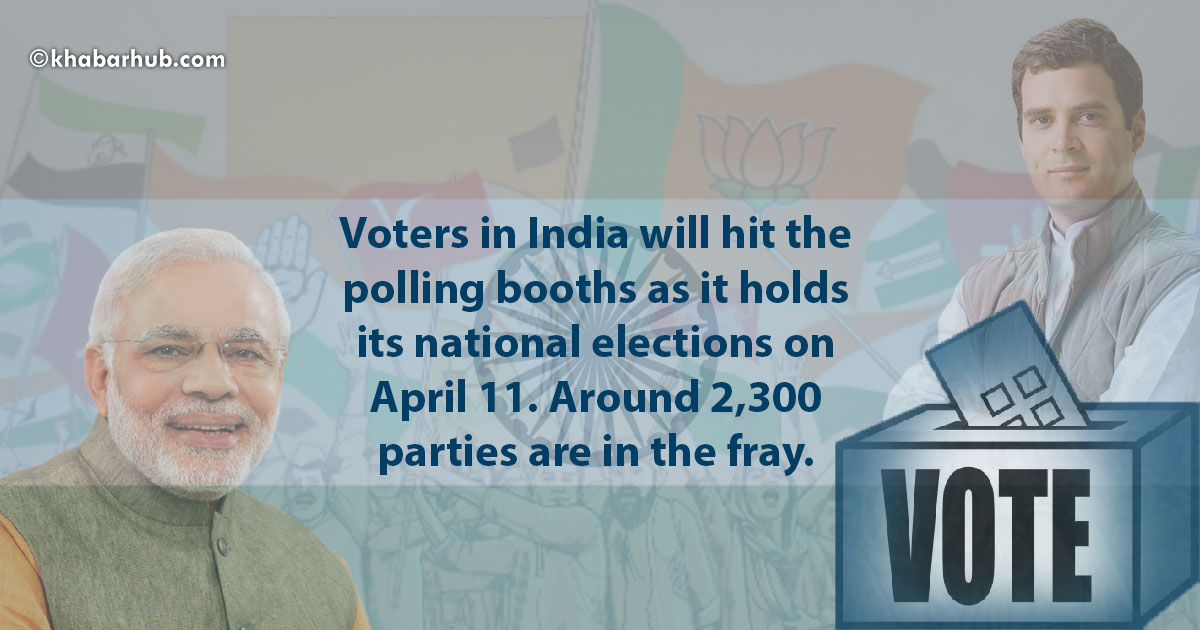
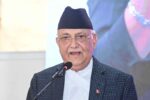

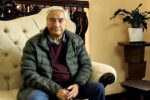
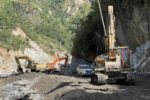
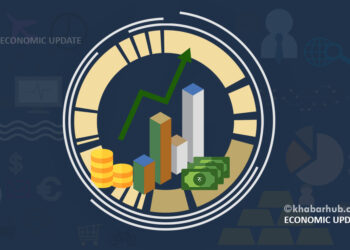

Comment